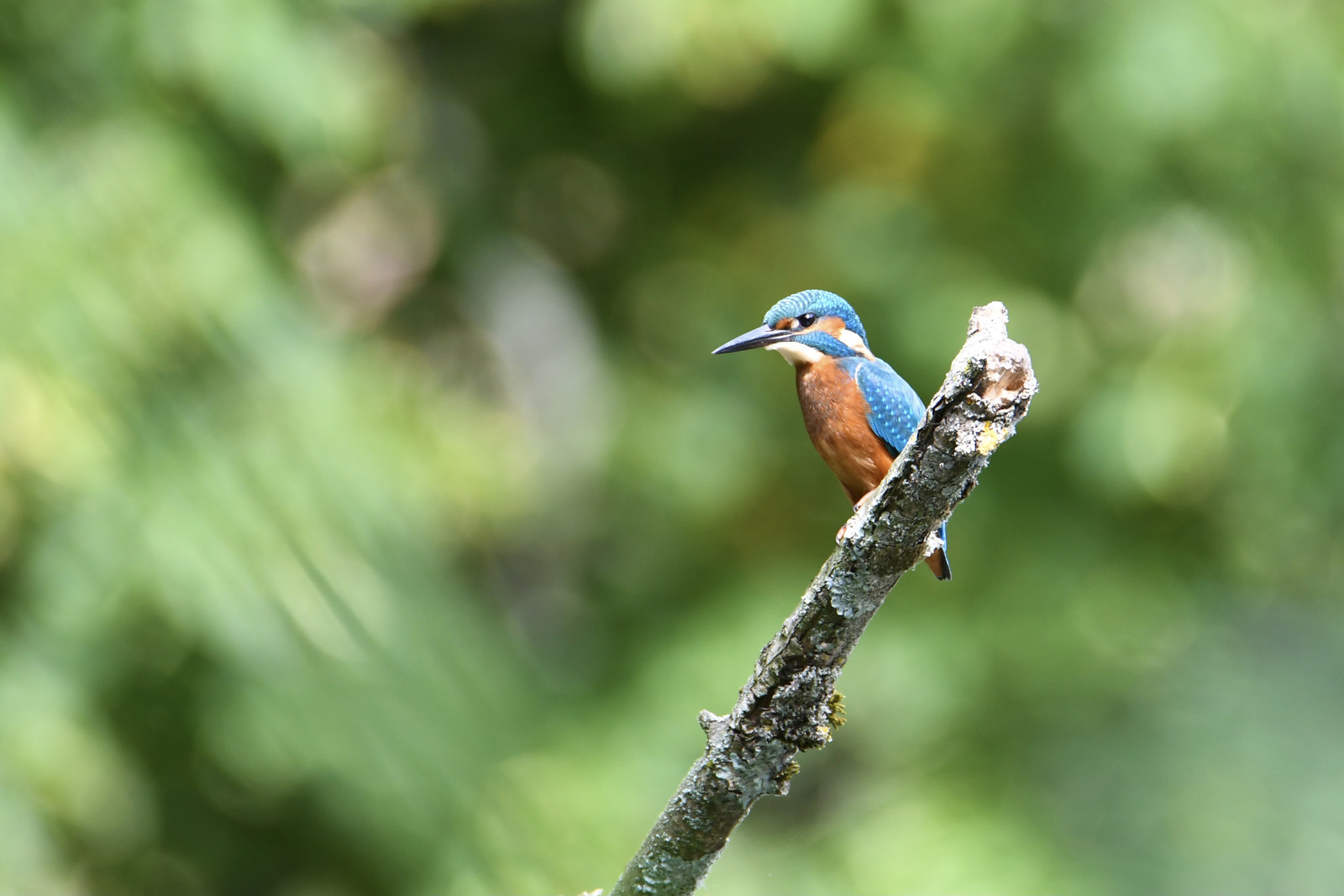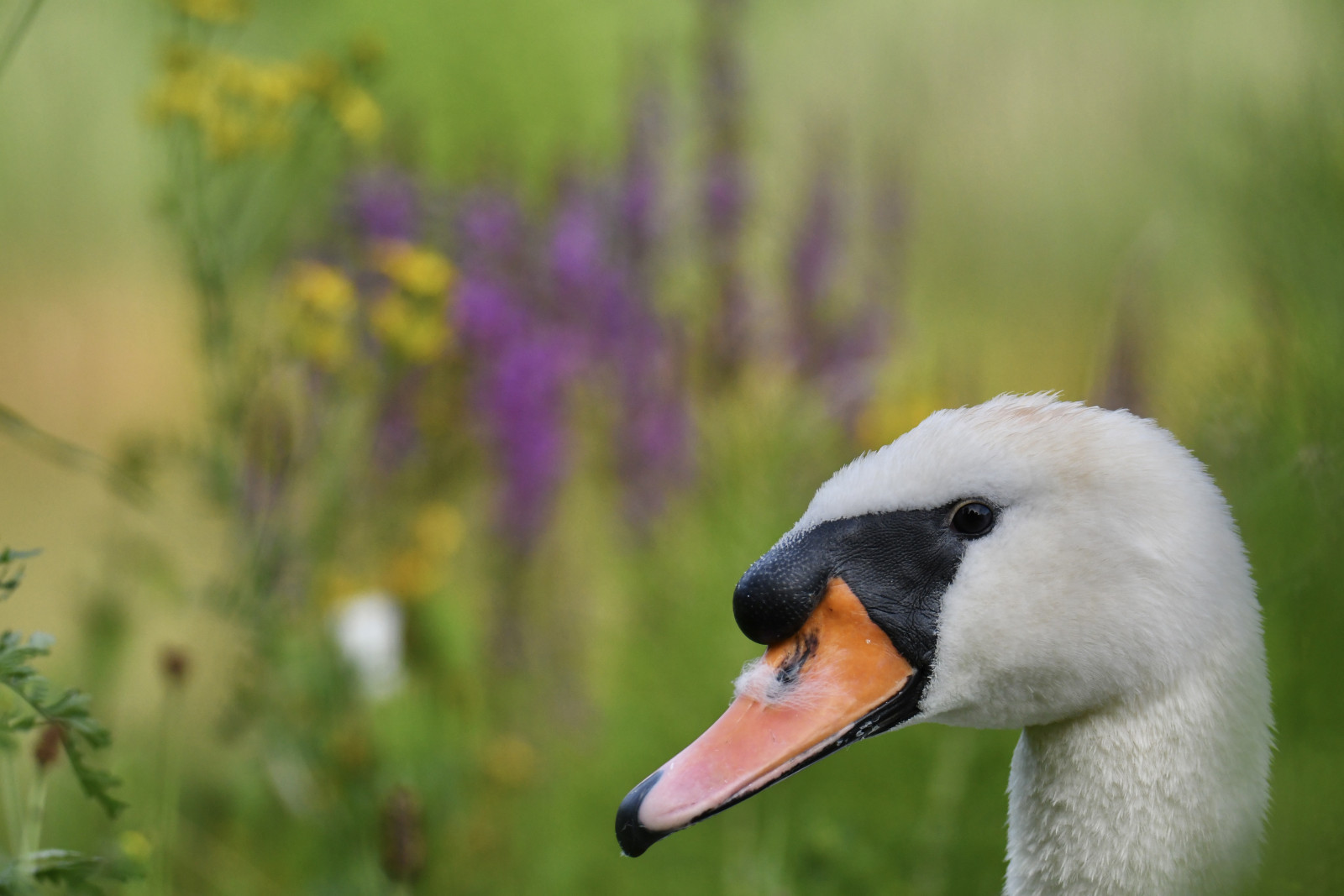Description
Domaine des Silex is an interesting birding area because it is located on the edge of the Soignes forest and has 2 ponds. This means that you can see a wide variety of birds (forest birds and water birds). You can see all the species of tits present in Brussels (Pițigoi de brădet, Pițigoi moțat, Pițigoi sur, Pițigoi albastru, Pițigoi mare and Pițigoi codat), all woodpecker species (Ciocănitoare pestriță mare, Ciocănitoare pestriță mică, Ciocănitoare de stejar, Ciocănitoare neagră and Ghionoaie verde), thrushes (Sturz cântător, Sturzul viilor and Cocoșar), common garden and park birds (Ochiuboului, Măcăleandru, Brumăriță de pădure, Cojoaică cu degete scurte, Țiclean, Cinteză, Florinte Aușel cu cap galben, Aușel sprâncenat, Porumbel gulerat, Porumbel de scorbură, Cioară neagră , Stăncuță, Gaiță and Coțofană), raptors (Șorecar comun, Uliu păsărar, Uliu porumbar, Viespar, Șoim călător and Șoimul rândunelelor) and lots of waterfowl (Rață mare, Rață cu cap castaniu, Rață moțată, Găinușă de baltă, Lișiță, [ [Dodaars]], Corcodel mare, Rață pestriță, Lebădă de vară, Stârc cenușiu, occasionally the Egretă mare, Cârstel de baltă, ,Cormoran mare, and the Pescăraș albastru!
_________________________
Français: Petite réserve Natura 2000 en bordure de Foret de Soignes avec 2 étangs, un grand et un petit(ce dernier est accessible que les samedis ou 1er dimanche du mois). Ce site est d'un grand intéret car il est en bordure de Foret de Soignes et comporte 2 étangs, ce qui fait que on peut y voir une grande variété d'oiseaux (oiseaux forestiers et oiseaux d'eau).
On peut voir ici toutes les éspèces de mésanges présentes sur Bruxelles ( Pițigoi de brădet, Pițigoi moțat, Pițigoi sur, Pițigoi albastru, Pițigoi mare et Pițigoi codat), toutes les éspèces de pics présentes sur Bruxelles ( Ciocănitoare pestriță mare, Ciocănitoare pestriță mică, Ciocănitoare de stejar, Ciocănitoare neagră et Ghionoaie verde), des grives ( Sturz cântător, Sturzul viilor et Cocoșar), les oiseaux communs des jardins et parcs ( Ochiuboului, Măcăleandru, Brumăriță de pădure, Cojoaică cu degete scurte, Țiclean, Cinteză, Florinte Aușel cu cap galben, Aușel sprâncenat, Porumbel gulerat, Porumbel de scorbură, Cioară neagră, Stăncuță, Gaiță et Coțofană), des rapaces ( Șorecar comun, Uliu păsărar, Uliu porumbar, Viespar, Șoim călător et Șoimul rândunelelor) et plein d'oiseaux d'eau ( Rață mare, Rață cu cap castaniu, Rață moțată, Găinușă de baltă, Lișiță, Corcodel mic, Corcodel mare, Rață pestriță, Lebădă de vară, Stârc cenușiu, occasionellement la Egretă mare, Cârstel de baltă, Pescăruș râzător,Cormoran mare, et le Pescăraș albastru !
Details
Access
The site is accessible by tram line 8 or bus line 17. A car park can be found on the square opposite the Chemin des Flints, by which you access the site. You can also reach the area by bike but not enter the site with the bike. Bicycle parking is available at the entrance.
_________________________
Français: Le site est accessible avec la ligne 8 de tram ou 17 de bus, et en voiture des places peuvent etre trouvées sur la place en face du chemin des silex, par lequelle vous accedez au site. Vous pouvez y acceder à vélo mais pas rentrer dans le site avec le vélo; un parking a vélo est disponible a l'entrée.
Terrain and Habitat
Forest , Wetland , Grassland , Scattered trees and bushes , ReedbedsConditions
FlatCircular trail
YesIs a telescope useful?
YesGood birding season
All year roundBest time to visit
SpringRoute
Wide pathDifficulty walking trail
EasyAccessible by
FootBirdwatching hide / platform
NoExtra info
In addition to all the species mentioned above, other species can be observed on the site depending on the season. In winter, the presence on the pond of Rață mică, Cârstel de baltă, and the Rață lingurar can be noted. On the site you will most certainly be able to see the Scatiu, with luck Cinteză de iarnă, and with a lot of luck Inăriță mică. Stopping on the site during migration you can see in particular Fluierar de munte and Fluierar de zăvoi, Silvie de zăvoi, Mierlă gulerată, Mărăcinar negru, Muscar negru ( not very frequent), Codroș de munte, Stufărică (an individual has been present on the site since October 2021), the Lăcar mic and the Codroș de pădure.
And finally, in summer you can see Drepnea neagră, many Lăstun de casă, Rândunică, Viespar, Șoimul rândunelelor, Pitulice fluierătoare, Pitulice mică, Lăcar de stuf, and occasionally the Lăcar de mlaștină as well as the Muscar sur. On migration, you can see above your head the Codobatură galbenă, Fâsă de luncă, Ciocârlie de pădure, Ciocârlie, Sturzul viilor, Cocoșar and Graur (these last 3 can also be seen on the site). Note that during the whole year you can observe with a little luck Mugurar and Botgros, as well as Florinte. In flight and occasionally landed on the site you can see Sticlete and Forfecuță, but for these 2 you need a good eye!
_________________________
Français: En plus de toutes les éspèces mentionés précèdemment, on peut observer sur le site d'autres éspèces en dépendant de la saison. En hiver, on peut noter la présence sur l'étang de la Rață mică, le Cârstel de baltă, et le Rață lingurar. Sur le site on pourra voir très certainement le Scatiu, avec de la chance le Cinteză de iarnă, et avec un gros coup de bol le Inăriță mică. En halte sur le site on peut voir nottament le Fluierar de munte et le Fluierar de zăvoi, la Silvie de zăvoi, le Mierlă gulerată, le Mărăcinar negru, le Muscar negru( pas très fréquent),le Codroș de munte , la Stufărică (meme si un individus est présent a ce jour sur le site depuis octobre 2021!), la Lăcar mic et le Codroș de pădure.
Et pour finir, en été on pourra voir le Drepnea neagră, de nombreuses Lăstun de casă,l' Rândunică, la Viespar, le Șoimul rândunelelor, le Pitulice fluierătoare, le Pitulice mică, la très characteristique du site Lăcar de stuf, et occasionellement la Lăcar de mlaștină ainsi que le Muscar sur. En migration, on saura voir au dessus de nos tetes la Codobatură galbenă, le Fâsă de luncă, l' Ciocârlie de pădure, l' Ciocârlie, la Sturzul viilor, la Cocoșar et l' Graur (ces 3 derniers peuvent aussi etre observés sur le site). A noter que pendant toute l'année on pourra observer avec un peu de chance le Mugurar et le Botgros, ainsi que le Florinte. En vol et occasionellement posés sur le site on pourra voir le Sticlete et le Forfecuță, mais pour ces 2 là vous avez interet a avoir une bone ouille !



